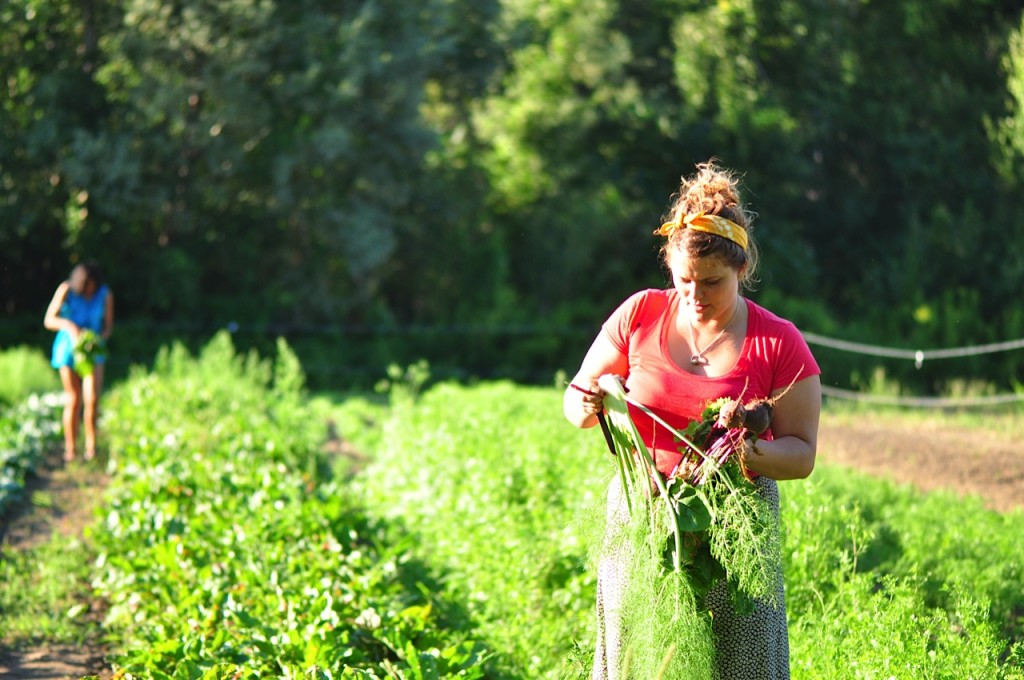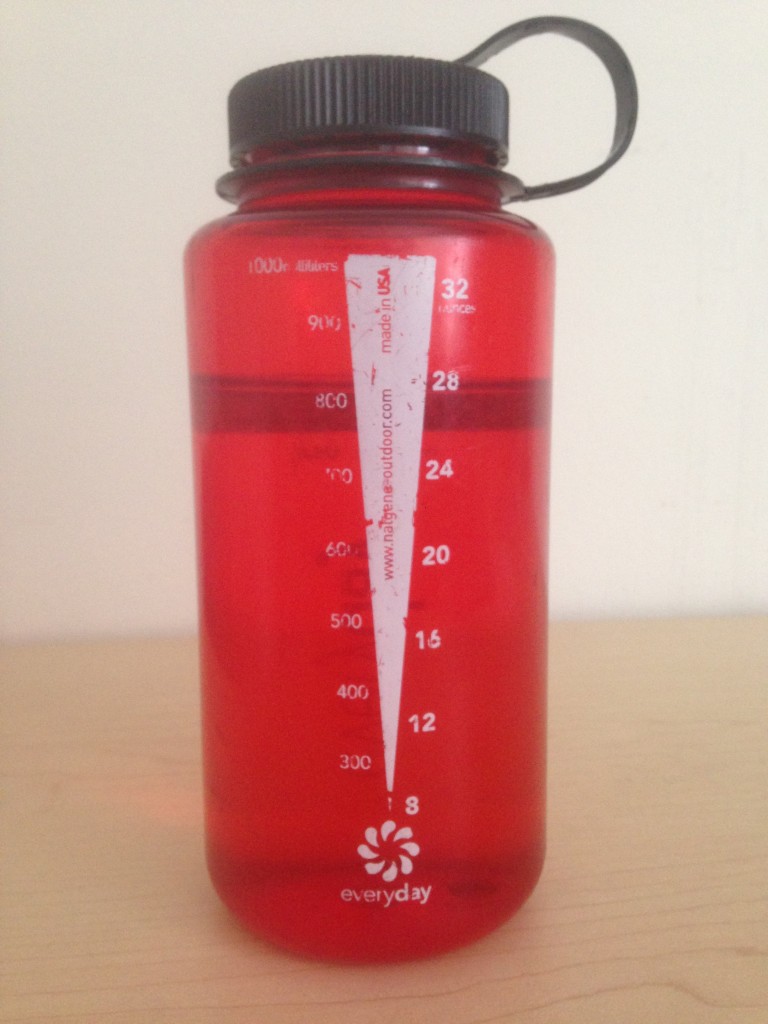 With nearly 70 posts in 2015, the UVM Food Feed has brought you compelling stories of food and food systems from Vermont and across the globe. From soil health to fair-wage campaigns, to a Neil Young concert supporting Vermont’s GMO labeling law, our authors have covered topics from all aspects of our food system. While it was very tough to choose, we bring you five of our top 2015 posts to bring the year to a close.
With nearly 70 posts in 2015, the UVM Food Feed has brought you compelling stories of food and food systems from Vermont and across the globe. From soil health to fair-wage campaigns, to a Neil Young concert supporting Vermont’s GMO labeling law, our authors have covered topics from all aspects of our food system. While it was very tough to choose, we bring you five of our top 2015 posts to bring the year to a close.
Raj Patel on Gender Inequity in the Food System
Women and girls are disproportionately disempowered through current processes and politics of food production, consumption, and distribution. This isn’t an accident. Capitalism’s gendered division of labor removed women from the workplace, prohibiting women from teaching, healing, and engaging in science for centuries.
Even though the barriers to women’s participation in the workplace are being dismantled, we’re very far from equality. The average wage is 78 cents on the dollar in the US, and worse elsewhere. That process isn’t natural. It was created and built through history for women to be excluded from the workplace and only to be brought in during certain times, such as war. Read more
#FightFor15: How Fast-Food Workers Launched a National Living-Wage Movement
On July 22, Governor Cuomo of New York announced a $15/hr minimum wage law for fast-food workers in New York City and across the state. This unprecedented move happened as a result of almost two years of labor activism targeted at fast-food companies like McDonald’s and Burger King, which have reputations for paying low wages, while simultaneously raking in millions of dollars in profits year after year.
This is a big deal, not just for fast food workers, but for low-wage workers across the country. Read more
Lessons Learned from Chickens
For its first four years, The University of Vermont Farmer Training Program (FTP) focused on teaching students how to grow organic fruits and vegetables. This season, the program became even more dynamic with the introduction of a pasture-based chicken operation, where students learned how to raise 200 broiler chickens, from day-old chicks to full-grown meat birds.
Andrew Bahrenburg, farm assistant and 2013 FTP alumnus who initiated and managed the chicken component of the farm, earned himself the nickname “Chicken President” among the students. Bahrenburg said he wanted to incorporate chickens on the Catamount Farm for a number of reasons. Read more
Heart of Gold: Neil Young Congratulates Vermont for GMO Stance
Neil Young came to Vermont—to a much smaller venue than he’s used to—for the chance to sing his concerns about GMOs (genetically modified organisms). Like many Vermonters and millions of Americans, he believes we have a right to know what’s in our food. He worries that although GMOs are a biotechnological breakthrough, there is distrust that corporations and their lobbies have too much control over the production and distribution of our food supply before we, the consumers, know enough to make informed decisions.
When he finally spoke, Young raised his fist and shouted, “Strong Vermont, standing up while other states are lying down,” paying tribute to the fact that Vermont is, to date, the only state that has mandated labeling for GMOs. Read more
Soil Health: Why You Should Worship the Ground You Walk On
It can be hard to get excited about soil this time of year. I can see my cross-country skiing season come to an end, and my mud room is, well, just that. Soil often doesn’t get the credit it deserves for its life-supporting functions, but the 2015 International Year of Soils aims to turn that around by “increasing awareness and understanding of the importance of soil for food security and essential ecosystem functions.” Read more


 what’s happening to good food. They rail against the loss of seasonality, foodies who treat food as too precious, and taste buds that don’t remember simple, elegant flavors.
what’s happening to good food. They rail against the loss of seasonality, foodies who treat food as too precious, and taste buds that don’t remember simple, elegant flavors.










